

After what seems like years, Rayman Legends, the followup to Ubisoft Montpellier’s rebooting of the titular hero in Rayman: Origins has finally arrived. Originally intended as an exclusive title for the Nintendo Wii U, Ubisoft made the rare decision to change their minds, and bring the experience to those owners of a PC, Xbox 360, PlayStation 3 and/or PlayStation Vita as well.
The shift to multi-platform was a risk for Ubisoft, with the game’s creative director Michel Ancel making his own disagreement clear. Our extensive preview of Rayman Legends earlier this summer made it clear why the game’s developers were eager to share their work with hungry fans, but after playing the game in its entirety, one thing’s clear: Rayman Legends should be experienced by every fan of 2D side-scrollers, regardless of the platform.
For those who may have missed out on Rayman: Origins – first of all: shame on you (read our review) – Ancel’s team found near-universal success by returning to the character’s roots, and crafting a stylish and deviously challenging side-scroller. The first look at Legends hinted that the team was taking a similar approach with the sequel, but the finished product is much, much more than a simple expansion or refinement of its predecessor’s core gameplay.
In our interview with Michel Ancel, the series’ creator gave his opinion that while Origins was an homage to the past, Legends was a completely different animal. From the very first stages of Legends, it’s easy to see his meaning: with its combination of art styles, core mechanics, mini-games and boss battles, most players will, at some point, need to remind themselves that this much content has been made available in a single game.
Any one world – be it the lush forests that hearken back to Origins’ early stages, or the truly over-the-top world based on Mexico’s Day of the Dead festival – could easily represent a standalone game, and the freedom given to hop from one world and contained stage to another means players aren’t forced to make their way through an entire world in order to enjoy the one that first attracted them.
It’s especially a compliment to say that despite Legends following in the trail blazed by Origins, it is a game filled with surprises. Each new world, stage, or boss battle seems to introduce a truly inspired and refreshing twist on 2D platforming, executed with a precision that will leave most side-scroller enthusiasts wondering why more developers haven’t thought of them before.
Much of the new gameplay owes itself to the addition of Rayman’s floating accomplice Murfy, capable of eating his way through cake or laying down guacamole to stem a flow of lava-like salsa. Although Murfy’s actions are executed with a simple button press, advancing to preassigned locations as the characters move through the level, the mechanic adds tension and twitch-based platforming that may have seemed missing from the previous game.
Against the odds, Ubisoft Montpellier found a way to add this level of depth without making it feel overwhelming – the player’s bag of tools may have gotten larger, but choosing the right tool for the job quickly becomes reflex, ultimately proving that a platformer doesn’t have to punish players in order to be more engaging.
Sure, the genre isn’t home to many of the most sought after and well-funded studios, we were frequently left scratching our heads as to why several twists or ingenious mechanics hadn’t made the jump over to Nintendo’s most famous characters (not the other way around).
The progression in gameplay and escalating difficulty aren’t meant to intimidate; each increase in challenge and additional side puzzles are surprisingly intuitive, and made all the more achievable when utilizing the game’s four player co-op. The extravagantly detailed backgrounds alone offer a worthwhile experience either solo or with friends, but the added frenzy of four on-screen characters is the kind of fun that evokes memories of old school couch gaming, but with all the comforts of a modern design philosophy.
While players don’t need to be seasoned pros to keep up with the game’s learning curve, they will have to be committed. As the need for precision increases (from world to world, and in the progressive stages themselves) casual players will want to turn to a more experienced comrade – or another character to stay firmly planted while they attempt doomed stunts, only to be revived for a second (or third, or fourth) chance.
Players would likely get their fill simply sticking to the core campaign, but as Ubisoft made clear when they first revealed Legends, they’ve got more in mind than simply layering music behind platforming gameplay. Each unique ‘legend’ brings with it a special music-themed level, essentially a speed-run that will have players moving and attacking in time with recognizable songs.
The new game mode was one of our favorite elements of the game when we tried it firsthand, and take our word for it: no matter how well players may know the songs, executing them with perfection will take some trial and error. That goes for much of the game’s levels as well, since advancing and unlocking new stages relies on gathering up a set number of ‘Teensies’; characters hidden in each level that must be rescued by the player.
While we played the Xbox 360 version of the game for review, our time with the Wii U version showed that the experiences will be comparable. Controlling Murfy with the Wii U Gamepad – slicing through ropes, or tickling shielded enemies (during which times the AI would take over the main character) – was an enjoyable addition to the core experience, but adapting the functionality to a single button for the Xbox 360 and PS3 versions works just fine.
The only visual difference seen when playing the Wii U version was a noticeable motion blur during speed-based sequences, including the music-themed stages. Although the need to interact with elements of the environment, like spinning a large wheel to grant access to different pathways is achieved with the right and left bumpers on the Xbox 360 controller, the need to rotate the Wii U Gamepad is sure to be a hit with younger players, or families gaming as a group. That being said, anyone worried that the Wii U would be the only ‘true’ version of the game has little to worry about.
It was clear from the beginning that Legends wouldn’t be a disappointment, as Origins proved the development team were valuing fun above all else (if you somehow missed Origins, fear not: the team has included their favorite levels in the new game as well). But with a campaign that seems to pack several games’ worth of vision and innovation into one, music stages that offer a genuinely new experience, and special ‘Invasion’ stages for the diehard platform fans (truly grueling speed-runs), Ubisoft Montpellier have outdone themselves.
With its emphasis on cooperative gameplay and mini-games that will certainly become go-to party games (KungFoot, we’re looking at you), Legends is a must-buy for any gamer who knows how hard to find a truly engaging, local co-op experience is these days. With Origins, and now Legends under their belt, it’s hard to imagine where the studio will take the series next – but we’re in, regardless.
Be sure to read our extensive Rayman Legends preview for more details on the game worlds and modes.
_____
Rayman Legends releases September 3 for Wii U, Xbox 360, PS3 and Vita. Game Rant played the Xbox 360 version.
Follow Andrew on Twitter @andrew_dyce.
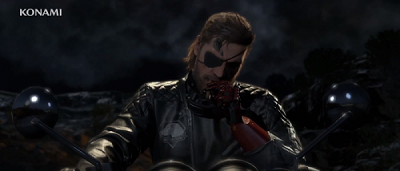

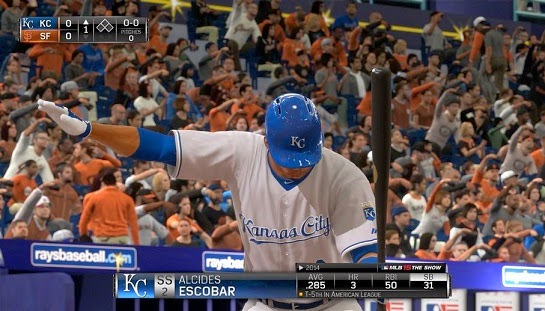
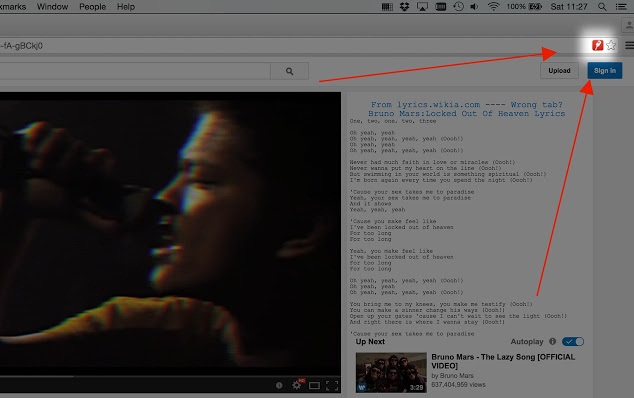
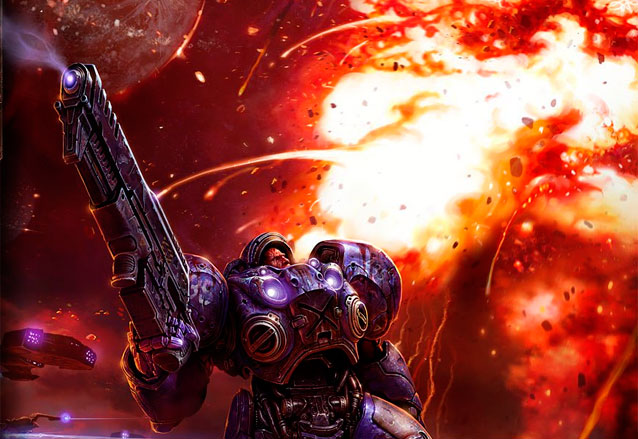 StarCraft 2 Walkthrough Video Guide in HD
StarCraft 2 Walkthrough Video Guide in HD Pandigital Multimedia Tablet Review
Pandigital Multimedia Tablet Review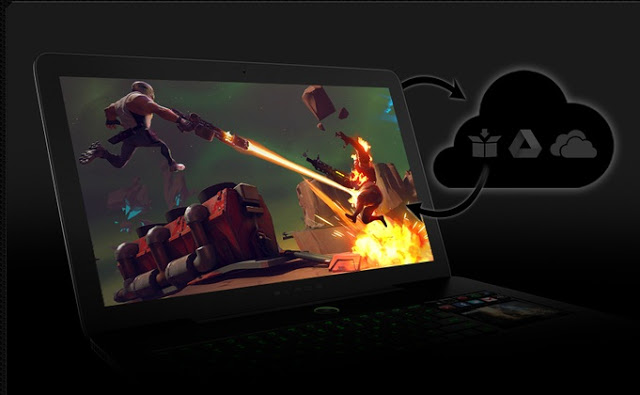 Save and Manage game progress in the Cloud on the PC
Save and Manage game progress in the Cloud on the PC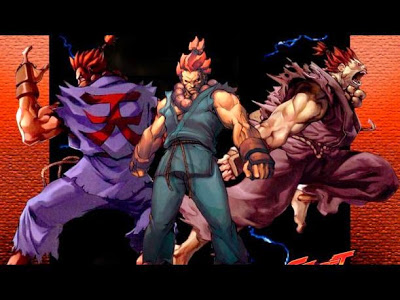 Top 10 Unlockable Characters
Top 10 Unlockable Characters Samsung Galaxy S4: Tips And Tricks
Samsung Galaxy S4: Tips And Tricks